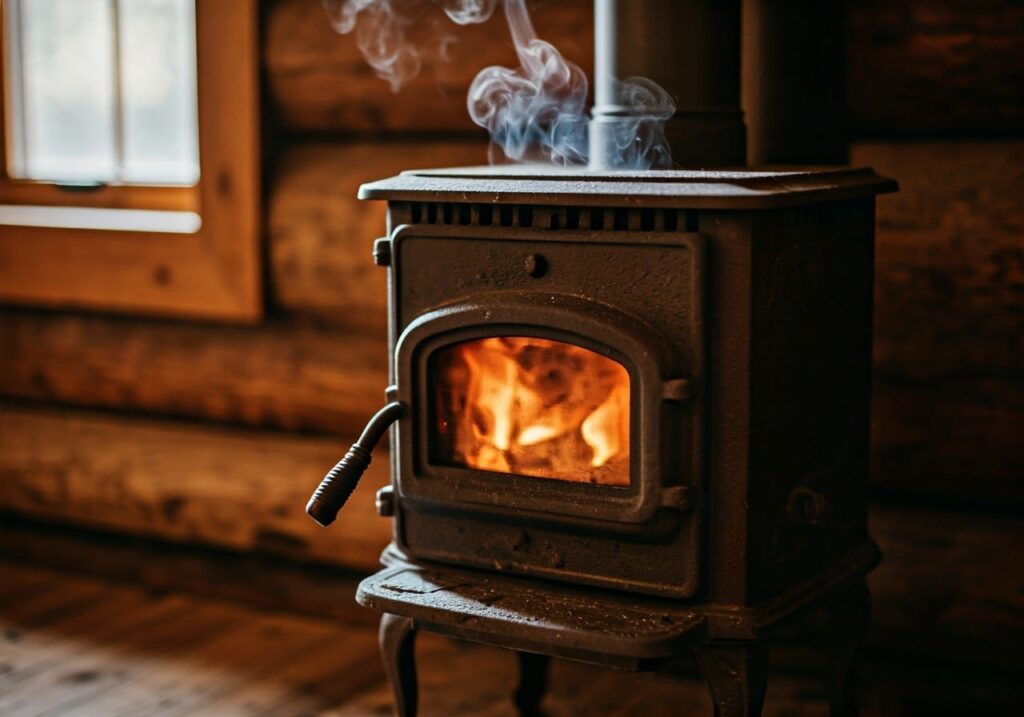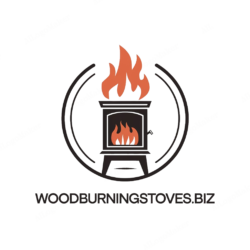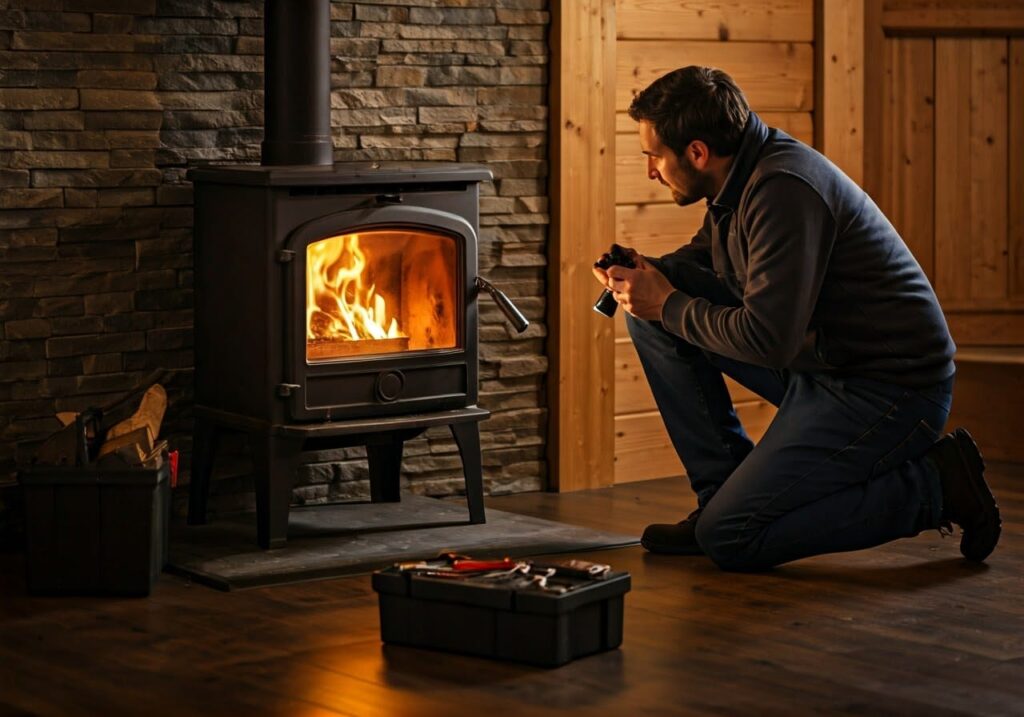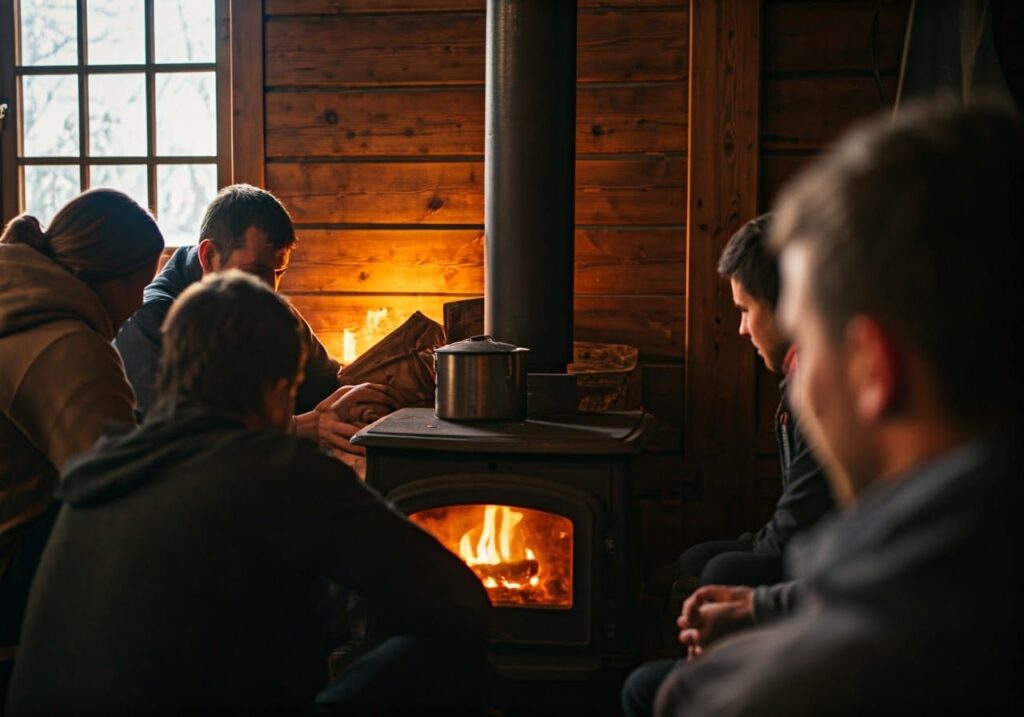
Solving the Issue for a Safer, Warmer Home
A smoking wood stove can be a significant concern, affecting not only the warmth and comfort of your home but also your health and safety. If you’re struggling with a wood stove that’s producing excessive smoke, you’re in the right place. This comprehensive guide will walk you through the common causes of a smoking wood stove and provide step-by-step solutions to get your stove burning cleanly and efficiently again.
Understanding Why Your Wood Stove is Smoking
Before diving into the fixes, it’s crucial to understand the underlying causes of a smoking wood stove. The primary factors include:
- Inadequate Draft: Insufficient airflow for proper combustion.
- Wet or Green Wood: Burning wood with high moisture content.
- Poor Stove Maintenance: Failure to clean the stove regularly.
- Incorrect Installation: Improper stove or chimney installation.
- Clogged Chimney or Flue: Blockages hindering smoke evacuation.
Common Causes of a Smoking Wood Stove
1. Inadequate Draft
- Cause: Poor chimney installation, blockages, or insufficient height.
- Solution:
- Verify Chimney Height: Ensure it’s at least 3 feet taller than nearby structures.
- Check for Blockages: Inspect and clean the chimney annually.
- Consider a Draft Inducer: Especially if you live in an area with high winds.
2. Wet or Green Wood
| Moisture Content | Smoke Production | Description |
|---|---|---|
| >20% | Very High | Wood is damp to the touch; significant smoke and creosote buildup. |
| 15%-20% | High | Wood feels cool to the touch; noticeable smoke production. |
| 10%-15% | Moderate | Optimal burning range; some smoke, but manageable. |
| <10% | Low | Wood is dry; minimal smoke, clean burn. |
- Cause: Burning wood that hasn’t been properly seasoned.
- Solution:
- Use a Wood Moisture Meter.
- Season Wood for 6 Months to 1 Year.
- Store Wood Properly: Protected from elements, with airflow.
3. Poor Stove Maintenance
- Cause: Failure to clean the stove regularly.
- Solution:
- Weekly Cleaning: Ash removal and quick wipe-down.
- Monthly Deep Clean: Focus on vents and chimney inspection.
- Annual Professional Inspection.
4. Incorrect Installation
- Cause: Improper stove or chimney installation.
- Solution:
- Consult a Professional: For a thorough assessment.
- Correct Any Installation Issues: Ensure compliance with local building codes.
5. Clogged Chimney or Flue
- Cause: Blockages hindering smoke evacuation.
- Solution:
- Inspect the Chimney and Flue: Annually, or if you notice increased smoke.
- Clean or Repair as Needed: Use appropriate cleaning tools or consult a professional.
Step-by-Step Guide to Fixing a Smoking Wood Stove
- Assess the Situation: Identify the likely cause based on the above information.
- Implement the Solution: Follow the steps outlined for your identified cause.
- Monitor and Adjust: Keep an eye on your stove’s performance and adjust your strategies as needed.
Additional Tips for a Smoke-Free Wood Stove Experience
- Regularly Inspect Your Stove and Chimney: Prevention is key.
- Keep a Stove Maintenance Log: Track cleanings, inspections, and repairs.
- Consider Upgrading to a More Efficient Stove Model: If your stove is old or consistently problematic.
Expert Insight
“The key to a smoke-free wood stove experience lies in regular maintenance and using properly seasoned wood. Don’t underestimate the importance of a clean chimney and adequate draft.”
— Emily Chen, Wood Stove Efficiency Specialist
Troubleshooting Checklist
| Issue | Solution |
|---|---|
| Excessive Smoke at Startup | Ensure proper draft, check wood moisture, and clean the stove. |
| Continuous Smoking | Verify chimney integrity, check for blockages, and assess wood quality. |
| Smoke Entering the Room | Inspect and seal any gaps around the stove, ensure proper chimney height. |
| Stove Producing Little Heat with Much Smoke | Check for clogs, ensure adequate draft, and consider wood moisture content. |
Conclusion
Fixing a smoking wood stove requires patience, the right knowledge, and sometimes professional assistance. By following the steps and tips outlined in this guide, you’ll be well on your way to enjoying a warmer, safer, and smoke-free home. Remember, maintaining your wood stove is an ongoing process that pays off in comfort and efficiency.


